No products in the cart.
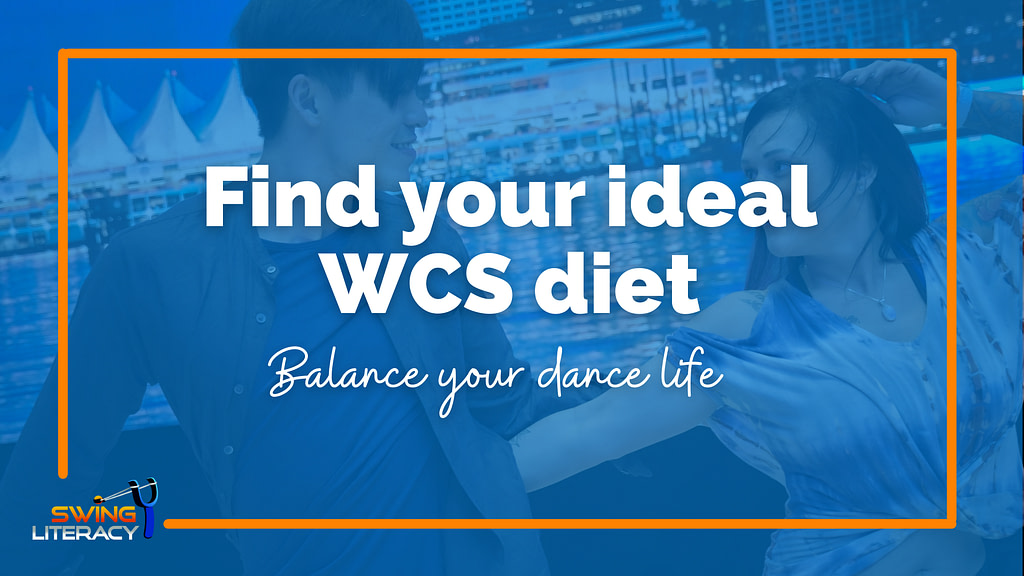
Find Your Ideal Westie “Diet”
Reading Time: minutes remaining
Before you get all scared, let me clarify: I’m referring to a diet of dance, not a diet of nutrition. This sadly misrepresented word is technically supposed to refer to a regular balance of fuel, not a short-term restriction of it.
So, using the original intention of the word, ask yourself how your “dance diet” is going:
Do you binge on a convention then starve for months?
Do you indulge in social dancing but neglect to take your private lesson vitamins?
Do you gorge on videos? Are you addicted to competitions?
In the last 10 years, the WCS scene has grown exponentially and with it the number and quality of activities and resources available for consumption. There is an overwhelming number of events available, and it seems like there’s always something amazing tempting you.
I’m not saying you should restrict your activities – not at all! Participate in as much as you can afford! But for the sake of your health, sanity, and longevity in this scene, it would be a good idea to strive for balance.
Let’s first consider the 4 “food groups” of Westie-life, then flesh out the ideal balance to strive for.
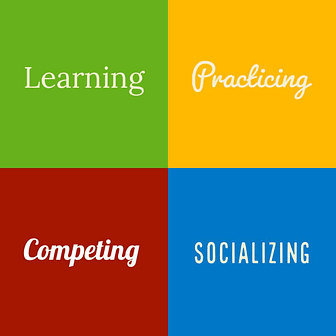
Learning
Group class series
Group classes are like potatoes and rice – they are a staple that make up the bulk of the Westie diet. Most dancers start with group classes and progress through them as far as their community provides. They are usually offered in a progressive sequence, which means that you get a logical order and consistent messages that help define the culture of the dance.
However, group classes are an incomplete dietary source: going to group classes alone will not make you a good social dancer anytime soon. This nutrient needs to be activated by social dancing to learn how to apply the skills you learn “out in the wild”. Private lessons make group classes way easier to digest.
Private lessons
Private lessons are your superfoods: ultra-potent and your body and brain need them, but they go to waste if you don’t use them enough or use them properly. You need regular personal feedback to improve your dance, but you also need to fill the space between lessons with deliberate homework and social dance practice.
Approach private lessons with an open mind, but also be sure to think critically about everything you hear. Try to learn from a healthy balance of local pros and national pros. Check out this great article on Private Lessons.
Workshops bring the dance family together for an exceptional shared learning experience. You never “grow out” of workshops, and you’re not doing yourself or your community any favours by abstaining. Keep them spaced out properly, and they will sustain you and give you that oh-so-needed boost for your dance. But if you rely exclusively on Workshops and neglect your diet in between, your systems will still suffer.
Online learning
You might be doubting how effective learning dance online could possibly be, but consider that there is so much information that could help you with your dance at the level you're currently at, that does not need to be physical.
We've cracked the code on online learning with the Swing Literacy training programs, helping thousands of dancers unlock access to faster progress before, during, and after the shutdown.
These multi-media self-paced courses are in a league of their own, providing way more than just a collection of instructional videos - these are curated, levelled, and sequenced material in a variety of learning formats to help you solve struggles and curiosities that have been hold you back.
This is the perfect "supplement" to your live in-person classes and private lessons. Swing Literacy gives you all the vitamins and nutrients that are hard to get from your regular diet.
You can start the self-paced Dancer Development Program anytime, then join in the next time we offer a live online group coaching Bootcamp.
Videos
These are the “snacks” of the dance diet. It’s easy to binge on YouTube, but while passively spectating is an entertaining way to kill time, it does nothing to help your dance. There is a way to glean great wisdom from studying YouTube: here’s a full article on it.
Instructional Videos are a much more healthy snack. Nutrient-packed and instantly satisfying, instructional videos can sustain you for days or weeks. But after a while, you tire of the flavour and are craving something more, so close the laptop and go be social. Nothing beats live interaction, both in lessons and in social dancing.
Free classes
You know those free samples they give away at Costco? If you go at the right time on a Saturday, you technically could make a meal out of them, but it’s far from ideal. Free classes are like this: they are meant to be tasters, samplers. They are usually not progressive and are often taught by different instructors each time, so there is very little consistency or connection of ideas.
Free classes do serve a purpose: they tempt your tastebuds to want to buy the product. To the new dancer, this means a beginner series. But regardless of the level, they are not intended to replace an organized weekly series.
Practicing
Peer Practica
Sometimes it's nice to go have some friends over for a potluck dinner!
A practica is a practice group that may or may not be lead by a teacher. Small groups of Westies gather to practice the content from their classes or private lessons, to discuss/brainstorm on WCS topics that they are hoping to clarify, or to share feedback with peers.
The only caveat is when the group runs unguided for too long. Better to hire in a teacher at least occasionally to keep everyone on track, so you don’t end up with a “blind leading he blind” situation, like asking your college roommate how to make Kraft Dinner. Here’s a great resource on how to run a peer practica.
Partner Practice
Is there anything wrong with having your favourite meal multiple times per week? Not at all – as long as it’s healthy for you. Same goes for partner practice. If you and a regular partner (or one of a rotating stable) practice the homework you get from your private lessons and other learning activities, you will retain what you learned and the partner’s feedback will help you refine it.
We’ve got LOADS of activities and drills you can play with a partner, but this is the kind of technical advice better asked in a private lesson.
Every partnership will inevitably encounter disagreement, so it’s important to practice good communication skills, otherwise the practice will be more detrimental than helpful.
Solo Practice
This is usually a vitamin deficiency situation. Most people don’t get enough – they don’t practice solo skills, and as a result do not see results as fast as others. Every dancer needs solo skills supplementation, regardless of their background or level. Skill drills and solo choreo helps, but don’t expect to make the jump to social dancing without the appropriate intermediary stages.
In the Swing Literacy programs, we guide dancers to practice both with and without a partner, in a more efficient and effective way that helps them stay focused and avoid wasting time so they can see faster improvement.
Beware the trap of overindulging in solo practice, focusing exclusively on your own body and not on the art and mechanics of partnering. Like vitamins, your body can only absorb so much and the rest is wasted. Your partner doesn’t care how good you look dancing – they only care about how you make them feel.
Socializing
Social Dancing
Everyone has their own perspective about social dancing – both how it is and how it should be. But the bottom line is that WCS is a social dance, meaning the end game is to be able to improvise to any song with any dancer, any time. A social dance party is designed to facilitate this practice.
Don’t fall into the lazy trap of taking your group class then leaving right after it’s over. What’s the point on learning something then not using it? Can you imagine taking a cooking class and NOT eating the meal you just made?
But where you need to watch the scale is when it tips too far in the other way: when the only WCS activity you do is social dancing. If your goal is to learn and improve, this is the slowest possible road. There is also a danger of developing imposter syndrome, because you subconsciously know you aren’t improving and are afraid of being discovered.
I was just chatting this weekend with a dancer who came to me for advice:
After dancing for 1 year, she was frustrated that she hadn’t been progressing as fast as her peers who started around the same time. After some questions, I discovered that she had been social dancing locally 6 nights per week, and only taking the occasional workshop.
I explained to her how this imbalance is the cause of her frustration: Think about soccer players: they don’t just play games on the weekends; they have team practices during the week too. Their ratio of practices to games is approximately 3:1. Her ratio of classes to social dancing was 1:8. I advised her to replace 1 or 2 of her social dance nights with group classes or privates, and to find a practice partner/group to work with weekly or bi-weekly.
Extra-curriculars
This is a community you have joined! As in any community, you are bound to find people that you can relate to and like being around. Be a builder and join in the fun, or better yet, lead some! Go for drinks after class, join in on midnight breakfast, attend the club BBQ, host a video-watching party. Enjoy this diverse buffet of dancers who share at least one common interest! Socializing off the floor helps you get to know dancers who dance the same role as you, and talk to partners for more than 3 minutes at a time! This helps you feel connected, like you’re part of a dance family.
Competing
Jack & Jills
While all competitions are optional, J&J’s are a staple of the Westie diet: if you decide to try competing, this is usually where you start. Since you don’t need a partner or any preparation at all, it is the most accessible contest. But due to the points-tracking system, dancers can get a little obsessed with their results.
Like a gateway drug, J&J points can motivate you to do some pretty crazy things: flying across the country, renovating your wardrobe, refinancing your mortgage, judging your own self worth, etc. I’m not anti-competition: just saying that it’s important to manage your consumption and not let your consumption manage you. Keep it in perspective. Need coaching on perspective? Read this
Strictly Swing
Because you get to choose your partner in advance, Strictly Swing is kinda like dating. Socially, it’s healthy to get out there and “date around”. It’s good to sample new flavours! It’s empowering to learn the language accent and preferences of different partners – I like to think of it as unlocking a new character in a video game. If you stick with the same partner all the time, you get good at their game, but it won’t help diversify your palate.
Routines
Routines are a rare but not exclusive indulgence. If you have the time, the money, the patience, and the conditions, they are available to every level. They are not a staple: like steak, you can survive without ever tasting choreography, and you can’t survive on routines alone. Learning choreo by itself is not going to make you a better social dancer, and vice versa. They are different skillsets. Doing a routine will augment your Westie diet, but it should not dominate it.
ProAms
This is a nice perk available in some communities. Being able to do a routine with a Pro eliminates the problem of lacking a partner. It allows you to “get your fix” of choreo in a learning context, like a 2 for 1 deal.
The only caveat is that ProAm is like eating at a restaurant: it can get expensive! Nice to indulge, but more sustainable if you can cook at home with a partner of your own level.
Conventions
Dance conventions are like a food truck fair: the intense over-stimuation for three days straight can be draining to the point that you might need to go on a cleanse!
We don’t want you getting burnt out, so be sure to pace yourself: space out your convention weekends whenever possible to give yourself lots of recovery and absorption time – time to digest and practice all your treats!
The ideal balance for healthy progress

This example is only meant to indicate the ratio of activities. The actual frequencies may vary, and it’s not expected that you would participate in every activity type, but the idea is to use this ratio as an approximate guideline. Of course, everyone has their own unique tolerances and resources so there will inevitably be exceptions.
Header | Group | Social | Peer | Private | Weekend | Event | Compete |
|---|---|---|---|---|---|---|---|
Balanced | 1x/week | 1-2x/week | 1-2x /month | 1-2x /month | 4x/year | 3x/event, | 2-6x/year |
Imbalanced | Cell | 4x/week | Cell | Cell | Cell | 1x/event, | 1x/month |
Imbalanced | Cell | 1x/month | 2x/week | Cell | 8x/year | ||
Imbalanced | 3x/week | 1x/week | Cell | Cell | Cell | 8x/year |
The dancer with imbalanced diet A might be a student on a budget. If budget is restricting you from a healthy diet, read Budgeting for Dance.
Imbalanced Diet B might be working hard on a Pro Am routine at the moment, but hopefully soon will be able to turn their attention to more social activities.
Imbalanced Diet C looks not too bad on the surface, until you realize they are not getting any professional input or feedback, which can lead to permanence of bad habits and stagnation in competition.
Only you can determine what kind of diet your lifestyle, finances, and goals can sustain. But as a coach, I can tell you that there are certain formulae that are simply more “healthy” for your dance progress and community well-being. Start now and take a moment to reevaluate your Westie diet and make some positive changes!
You must be logged in to post a comment.
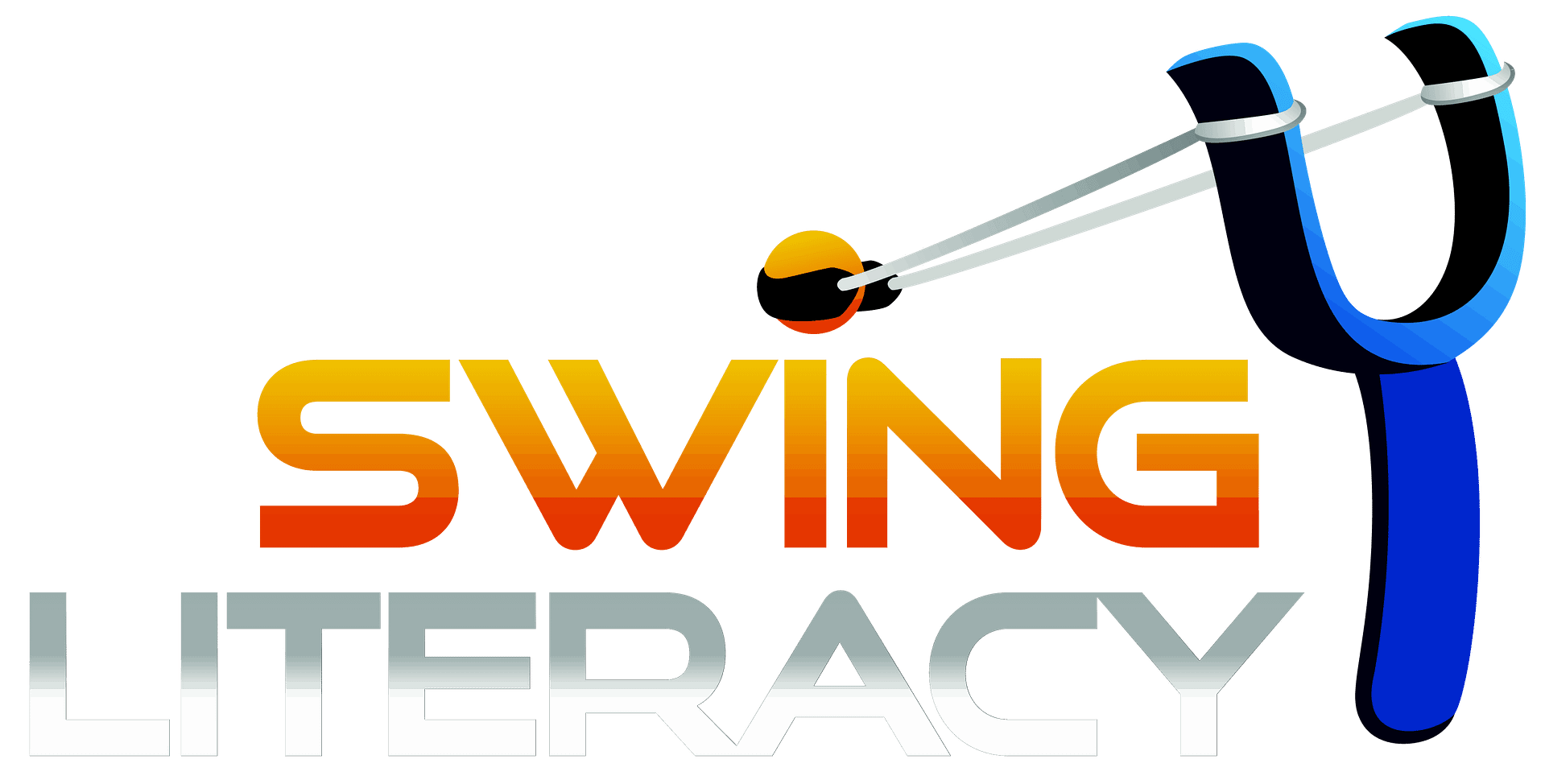
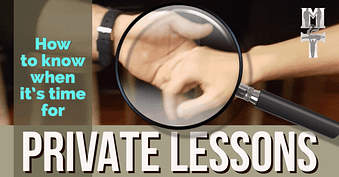


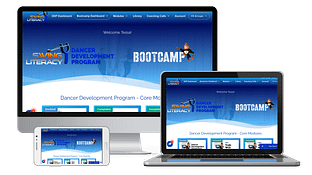

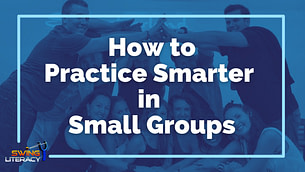

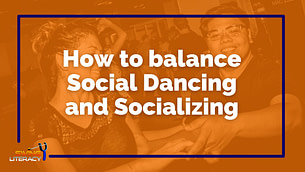

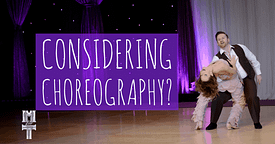
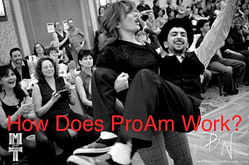
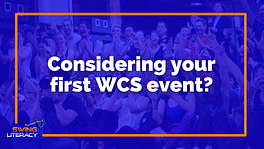
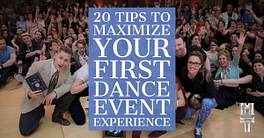
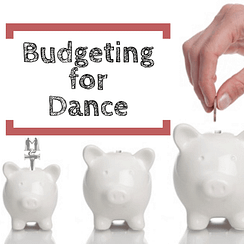

 Before you get all scared, let me clarify: I’m referring to a diet of dance, not a diet of nutrition. This sadly misrepresented word is technically supposed to refer to a regular balance of fuel, not a short-term restriction of it.
Before you get all scared, let me clarify: I’m referring to a diet of dance, not a diet of nutrition. This sadly misrepresented word is technically supposed to refer to a regular balance of fuel, not a short-term restriction of it.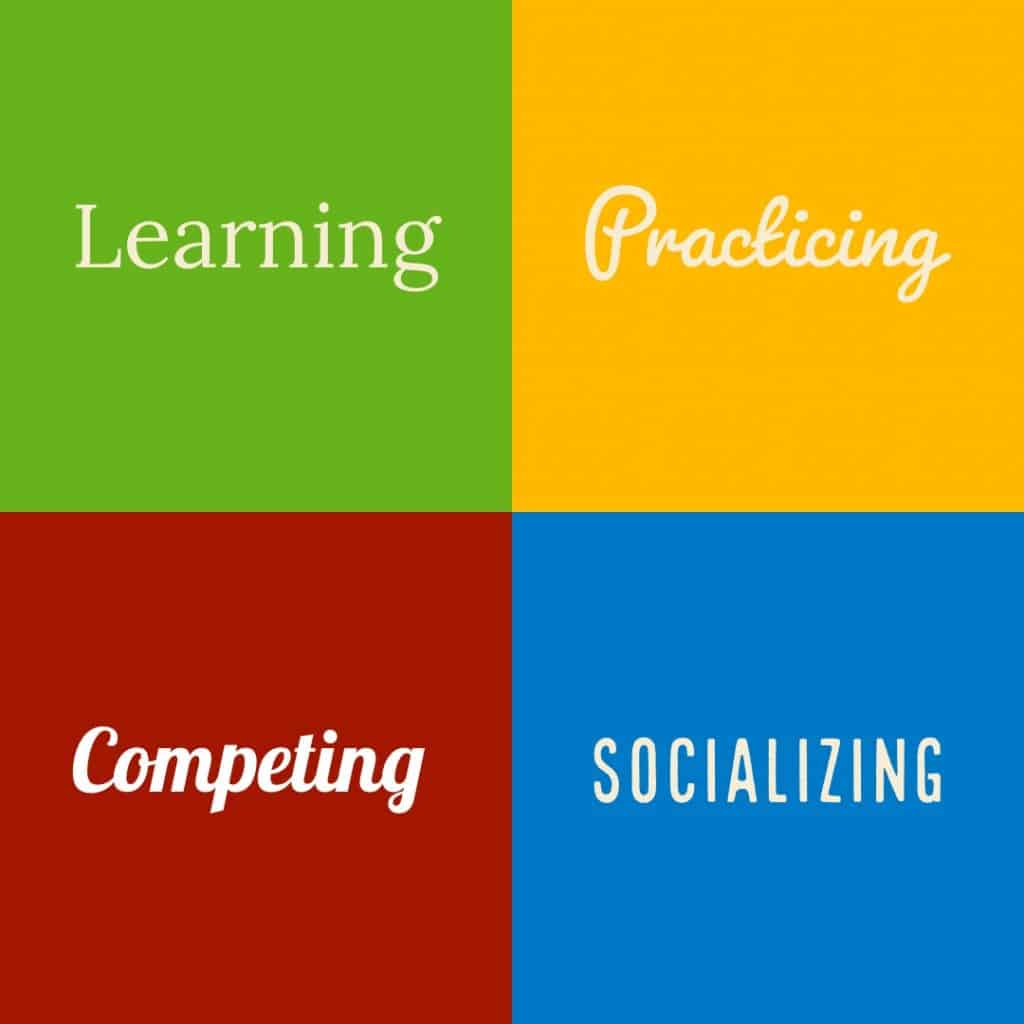
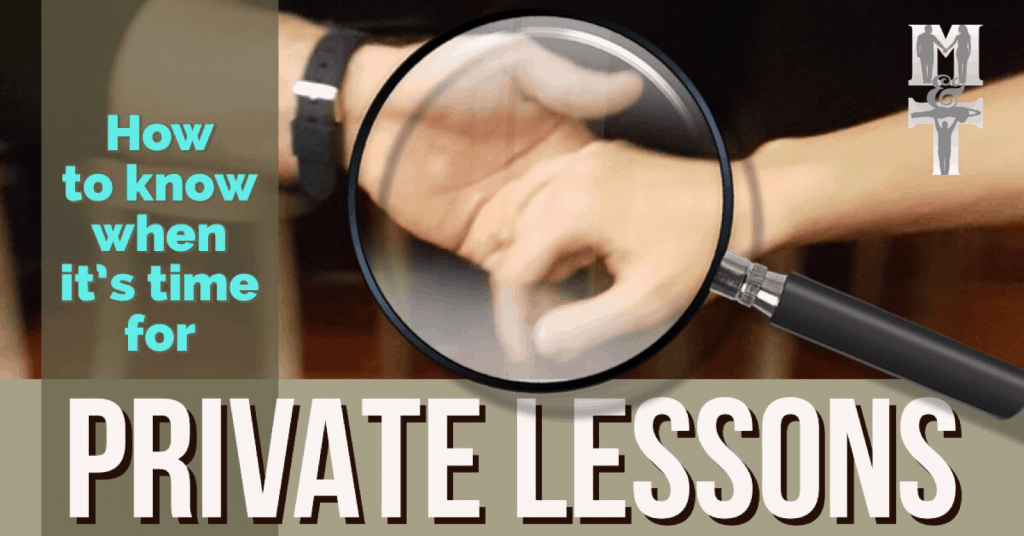 Private lessons
Private lessons Workshops are like going to grandma’s house for some amazing home cooking. She’s going to keep your belly full, and everything’s going to taste amazing. Most of it will be healthy, and whatever isn’t can be worked off when you hit the gym.
Workshops are like going to grandma’s house for some amazing home cooking. She’s going to keep your belly full, and everything’s going to taste amazing. Most of it will be healthy, and whatever isn’t can be worked off when you hit the gym.
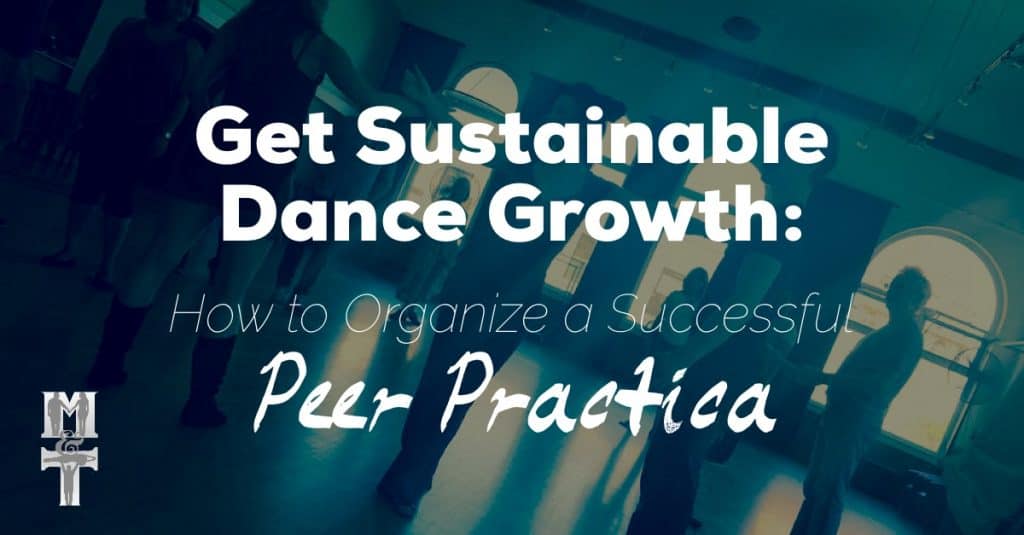 This is a practice group that may or may not be lead by a teacher. Small groups of Westies gather to practice the content from their classes or private lessons, to discuss/brainstorm on WCS topics that they are hoping to clarify, or to share feedback with peers.
This is a practice group that may or may not be lead by a teacher. Small groups of Westies gather to practice the content from their classes or private lessons, to discuss/brainstorm on WCS topics that they are hoping to clarify, or to share feedback with peers.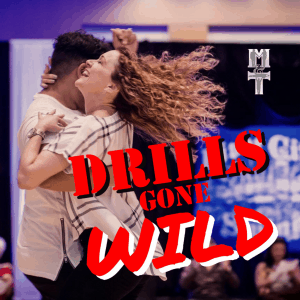
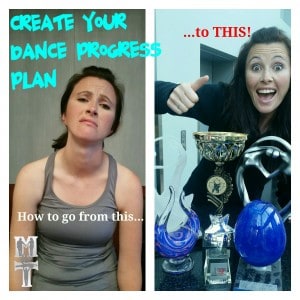

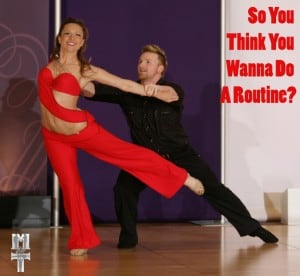
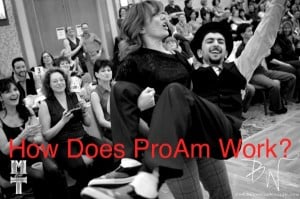
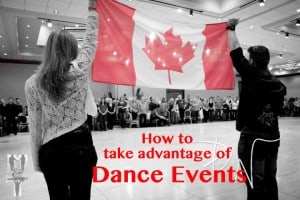 stimuation for three days straight can be draining to the point that you might need to go on a cleanse!
stimuation for three days straight can be draining to the point that you might need to go on a cleanse!

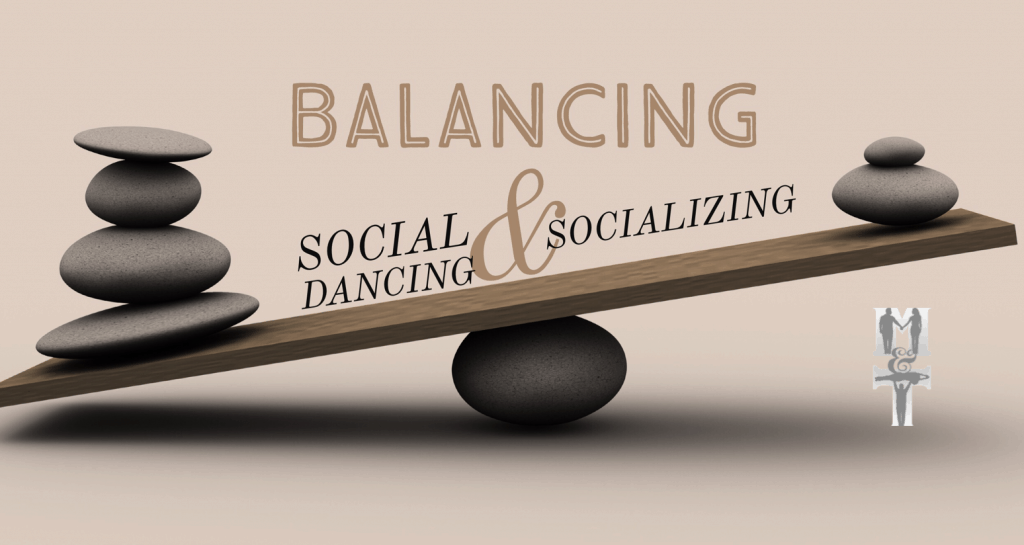
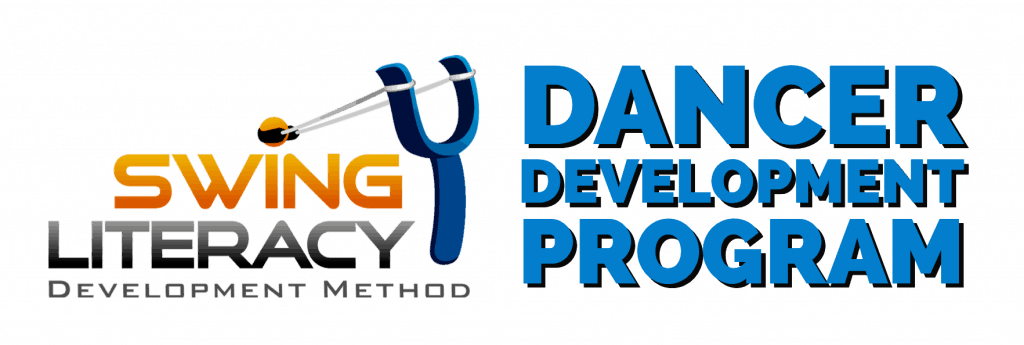
Nicely done, Tessa !
Good article for self analyses as it includes guidelines . Compared to the guidelines, have too many learning activities and don’t practice enough. Will be looking to develop a balanced goal around solo practice. .
Thanks for this article Tessa. I can see what I need to do to get more balance in my dance diet. I think this bootcamp will be a great starting point. Private lessons are my weak point since I don’t take them locally.
Thank you for this juicy article, great analyzing and explanation. The trap of solo practicing to focus on own body too much is eye opening for me. When I practice alone, I should be always mindful that I would have a partner facing me, if I want to optimize those solo skills in WCS.
'Excellent a reading. I really got some understanding about myself.